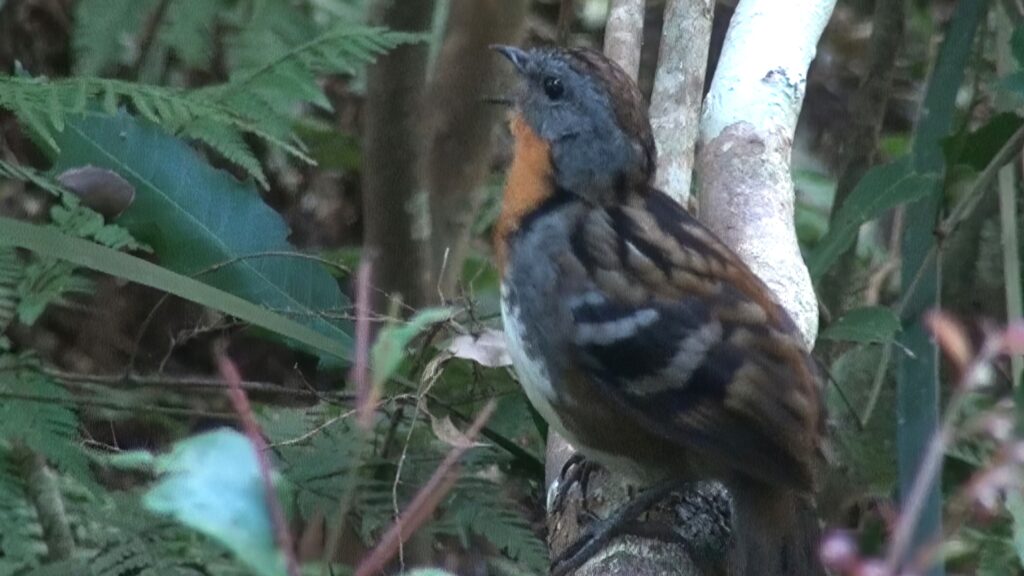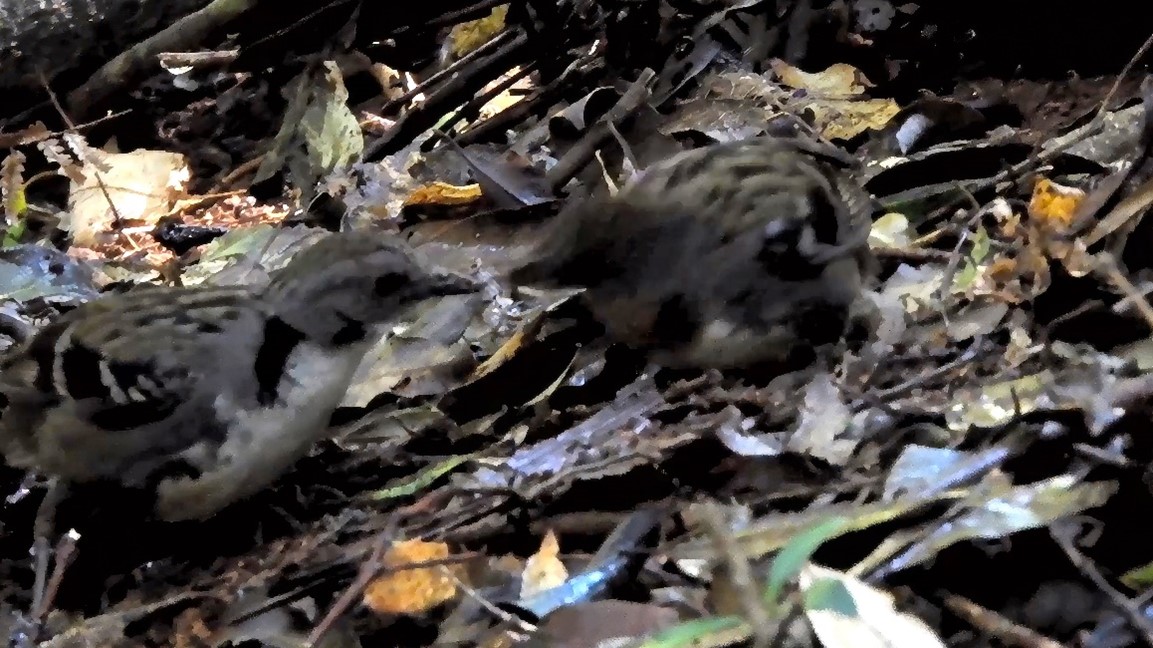18 March 2024

Most birds in the subtropical rainforest of Southeast Queensland time their breeding season to coincide with the spring and summer months. This makes sense given there is likely to be more food such as insects and other invertebrates available due to the warmer weather and higher rainfall and humidity. This is especially prevalent for birds relying on the leaf litter layer as a foraging site. There are however, two birds that breed in the winter months: the Logrunner and Albert’s Lyrebird.

Both these species provide extended care to their fledglings, and it is thought this strategy provides them with greater access to insects and invertebrates in the early spring season, when the fledglings are gaining their independence. In the video above you will see a male and female Logrunner collecting insects for their fledglings. You will also notice that the male with the white breast transfers its prey to the female. Only the female will go to the nest and this this is thought to make the nest more difficult to locate and therefore reduce the chance of nest predation.

Also, by breeding and raising their young in the winter months, nest predation may be reduced as goannas and snakes are less active in the cooler temperatures and known predators of rainforest fledglings such as the Pied Currawong have already raised their own young and their less emphasis on their own feeding needs.

Further reading
Goosem, C.H., Booth, D.T., Walter, G.H. (2015) Winter breeding of a subtropical rainforest passerine: spatio-temporal distribution of prey and the sex-related foraging behaviour of the Southern Logrunner, Orthonyx temminckii, Emu – Austral Ornithology, 115:4, 345-355, DOI: 10.1071/MU15008